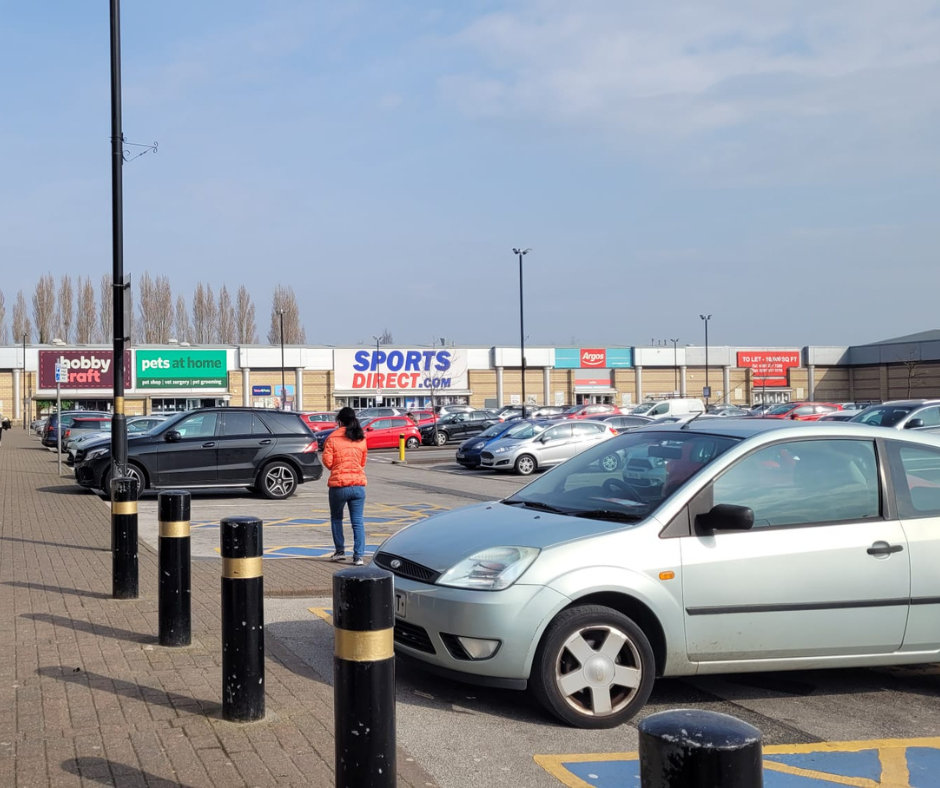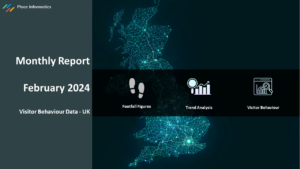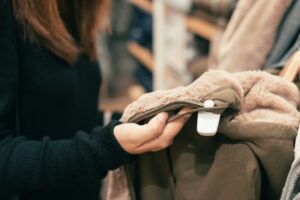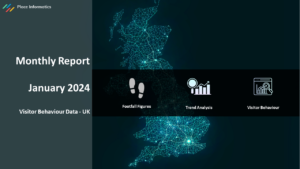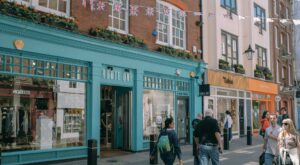Competition in any industry can be tough, but it’s important to know your rivals. This is especially true for retail and leisure parks, where there are often many different businesses vying for the same customer base.
Since the COVID-19 pandemic, investment into out-of-town shopping districts has accelerated. But, the cost of living crisis has dramatically affected buying habits and travel, meaning retailers are having to fight even harder to attract customers and survive through current economic difficulties. The good news is that there is a wealth of data out there that can be used for in-depth competitor analysis, including foot traffic.
What is Foot Traffic Data?
Foot traffic refers to the number of people who visit a location (retail park, leisure centre, green space etc.) over a certain period of time. This is an important metric for businesses to track because it can provide insights into customer behaviour, peak shopping times, popular routes and the success of a site’s marketing campaigns. By understanding what your competitors are doing right (or wrong), you can make changes to your own business to retain more visitors and optimise services.
Competitor Analysis with Footfall Data
There are a plethora of ways our retail data dashboard can help your retail site gain the edge over the competition – no hardware required!
Assess a competitor’s retail and leisure mix and dwell time in comparison to yours: You can use visitor data to see how long people spend at each competitor’s site through dwell time data and what types of stores are most popular. These factors help enhance marketing, merchandising, pricing, signage and displays – improving the overall shopping experience for customers.
Discover where competitors’ visitors come from: Knowing where local, regional or national visitors live is vital information for understanding an audience’s level of influence on your retail site or leisure park. You can use this to adapt your marketing efforts, focusing on specific postcode areas that drive high volumes of foot traffic to your competitor’s retail site.
View Isochrone Maps for customer journeys: Isochrone maps can identify ‘drive time’ areas for customers as well as areas where customers don’t travel as much, but are within a reasonable distance. They will also show the key catchment areas for customers that have travelled to competitors sites by car, bicycle or by walking, taking into account the distance it will take for 10,20 and 30 minute journeys. This could help you to entice visitors by changing your retail mix to suit the local demographic.
Analyse the socio-demographic makeup of competitors’ visitors: This includes estimations of gender, age, income and education level, as well as house and car ownership – all essential characteristics that can be used to build the ideal customer profile for your retail or leisure park, outlining key areas to target in order to maximise revenue potentials.
Analyse which local retail sites and towns your visitors frequent in a visual map: This will prompt discussions around the best places to set up advertising hoardings or to create an event specifically aimed at bringing in customers who usually go to competitors sites.
Identify areas of improvement: Look for patterns and trends in the data to pinpoint voids that could potentially be filled. For example, if you notice that one of your competitors gets more foot traffic on a Sunday in the evening between 5:00 – 7:00pm, then you may want to consider staying open later with exclusive offers on products during that period. Having access to data will help to ensure you can spot new shopping habits and key trends, causing you to take action quicker, such as implementing more click-and-collect services or to bring in set times when free parking is available.
Get in Touch
If you’re a retail business or leisure park manager, get a head start of your competitors today by utilising the power of data from Place Informatics. Call 0161 706 1343 for more information or book a webinar in Calendly here:

